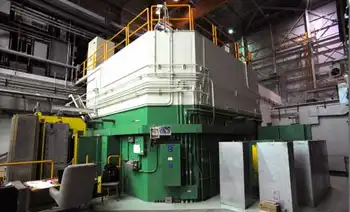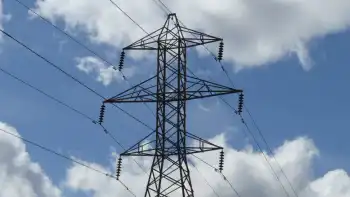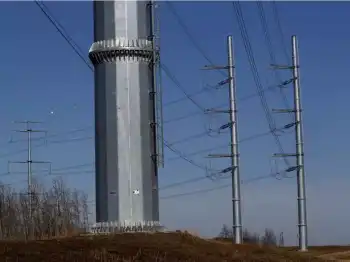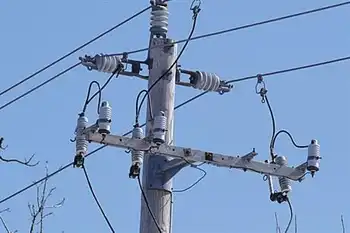Southern California blackouts may lie ahead
By Los Angeles Daily News
NFPA 70e Training
Our customized live online or in‑person group training can be delivered to your staff at your location.

- Live Online
- 6 hours Instructor-led
- Group Training Available
Last summer, California's electricity consumption set records seven times despite average temperatures, and peak demand was at a level not expected to occur until 2006, the California Energy Commission said.
If temperatures this year reach levels that occur once every decade, electricity demand in August and September could outstrip supply in areas served by Southern California Edison - including the Antelope and Santa Clarita valleys - and San Diego Gas and Electric, the commission said.
If summer temperatures are average, power supplies should be adequate, state officials said, but they are still worried about the possibility of breakdowns at plants, less imported electricity than expected or forest fires affecting high-power lines.
In the Pacific Northwest, where hydroelectric dams produce power that gets sent to California, low rainfall and a scanty snowpack this year have Seattle residents worried about drought. The Northwest had a drought in 2001, contributing to California's power woes.
California electricity consumption is up beyond the peak it hit before the 2000-2001 energy crisis because of economic growth and population increases.
Unusually hot weather could push demand past supply by 0.1 percent in August and 1.5 percent in September.
New power plants are expected to open by summer to provide an additional 1,395 megawatts of power for Edison and SDG&E regions, but that is not enough to compensate for the increasing consumption coupled with the expected loss of 676 megawatts from closing outdated plants.
Too few power plants are being built in California because of uncertainty about California's electricity market and future regulations, said Pedro Pizarro, Southern California Edison's vice president of power procurement.
He said commercial energy firms can't get bank loans to finance new plants without long-term supply contracts, and utilities don't want to make long-term commitments with the possibility that regulators will allow customers to switch electricity companies, as they can now switch telephone companies.
Southern California Edison has power commitments sufficient next summer to meet the type of heat wave that occurs about once in 10 years, he said, plus a 7 percent reserve.
But Edison customers still are at risk of power shortages because of supply deficiencies elsewhere, as among firms called "retail electric service providers" whose customers get electricity through Edison's lines.
"We're all part of one interconnected grid," Pizarro said.
Edison is negotiating contracts with the operators of mothballed power plants to restore production, as well as getting residents and businesses to sign up for programs in which rates go down for cutting energy use or air-conditioning can be shut down during high- consumption periods.
State energy officials said they will attempt to speed up the construction of power plants and electrical generation for peak periods, as well as try to reduce transmission-line bottlenecks that hinder electricity from getting from one area of California to another.
Northern California's energy reserves are expected to be sufficient, even in unusually hot weather, for at least two years, commission forecasters said. The forecast did not cover cities served by municipal utilities, including Los Angeles and Glendale.











